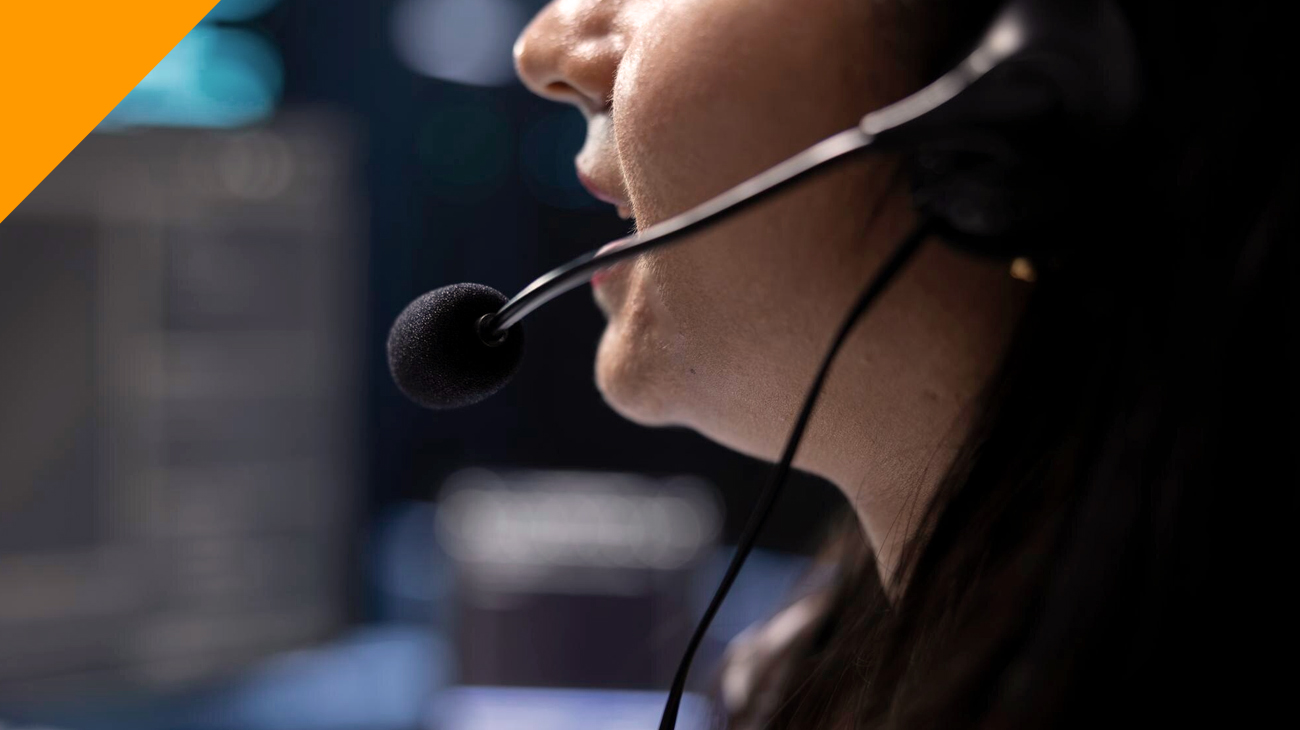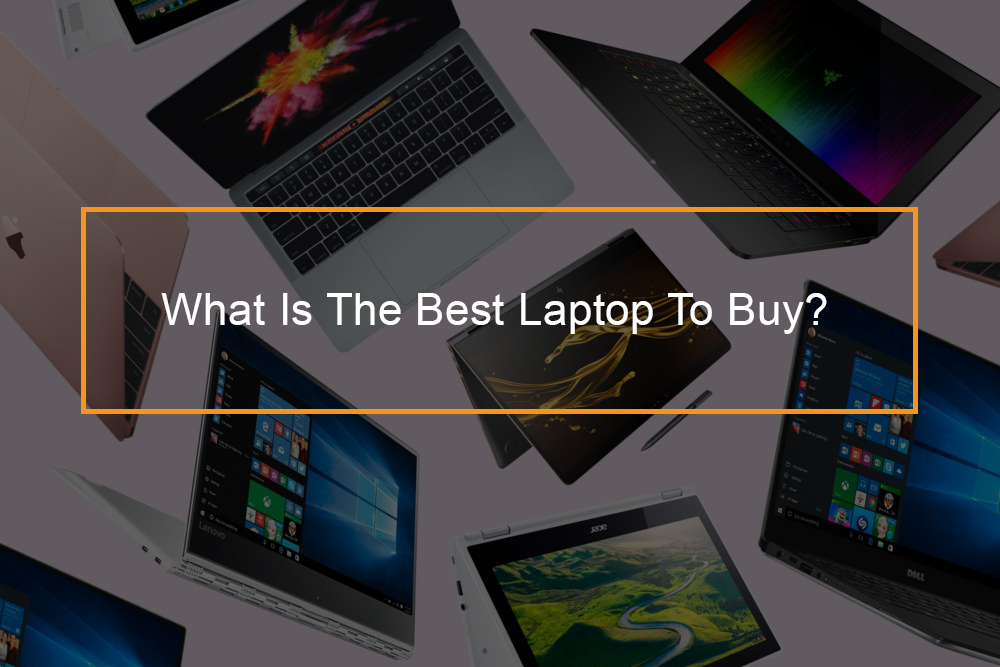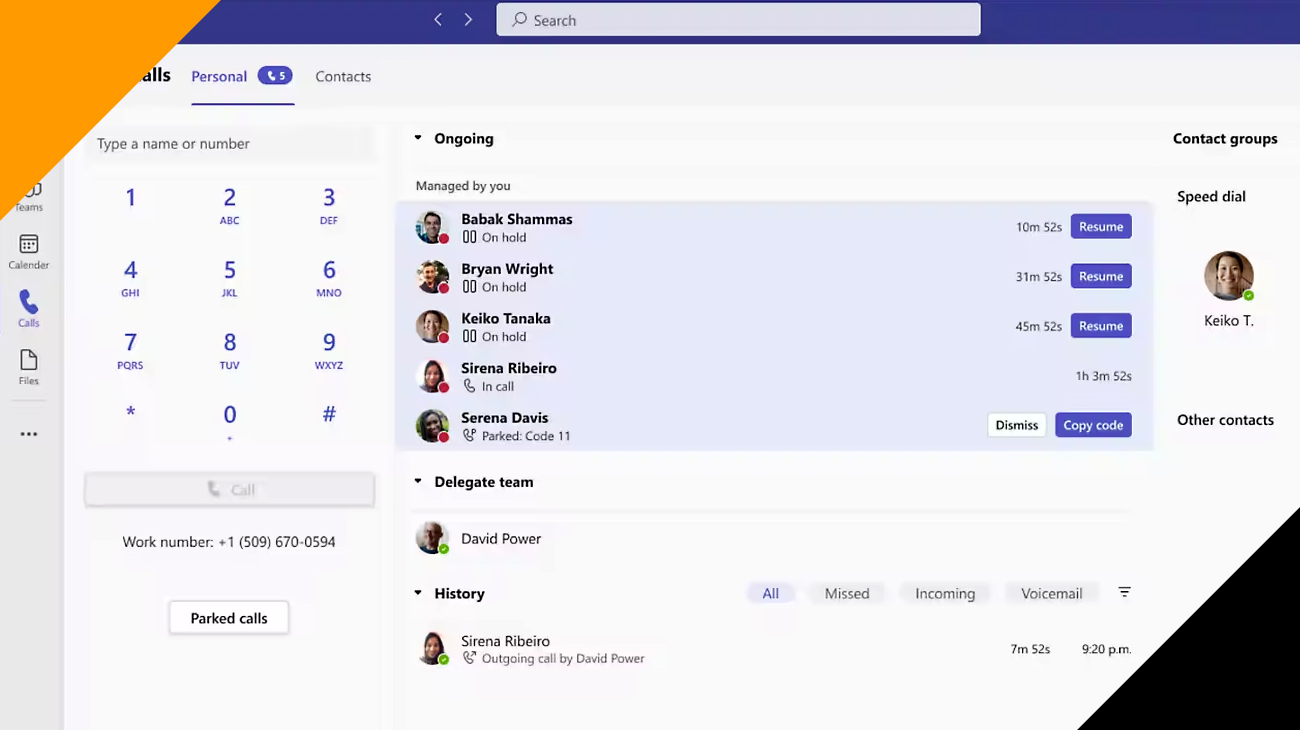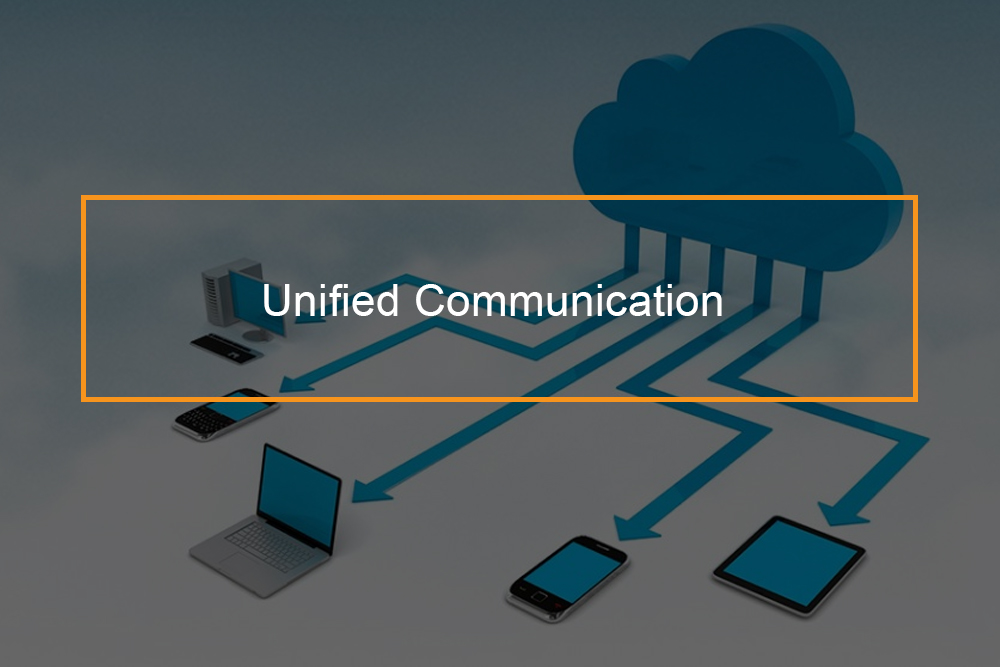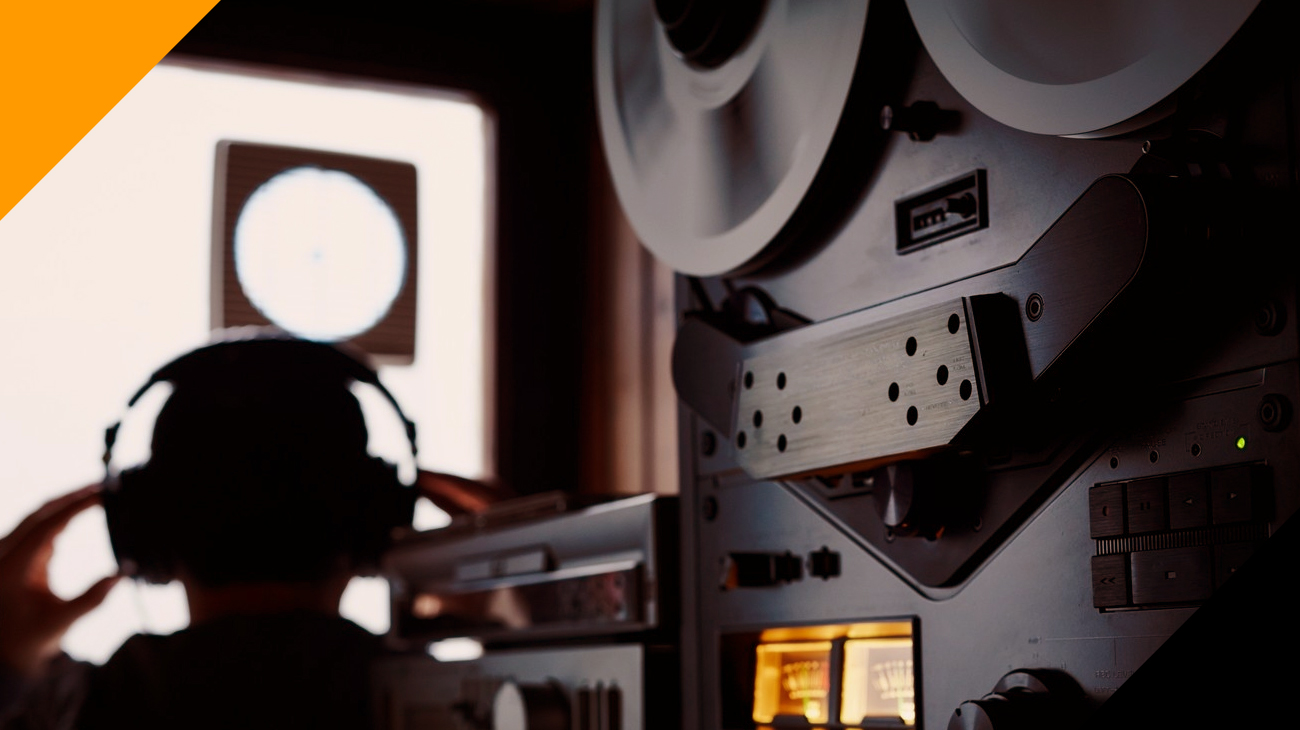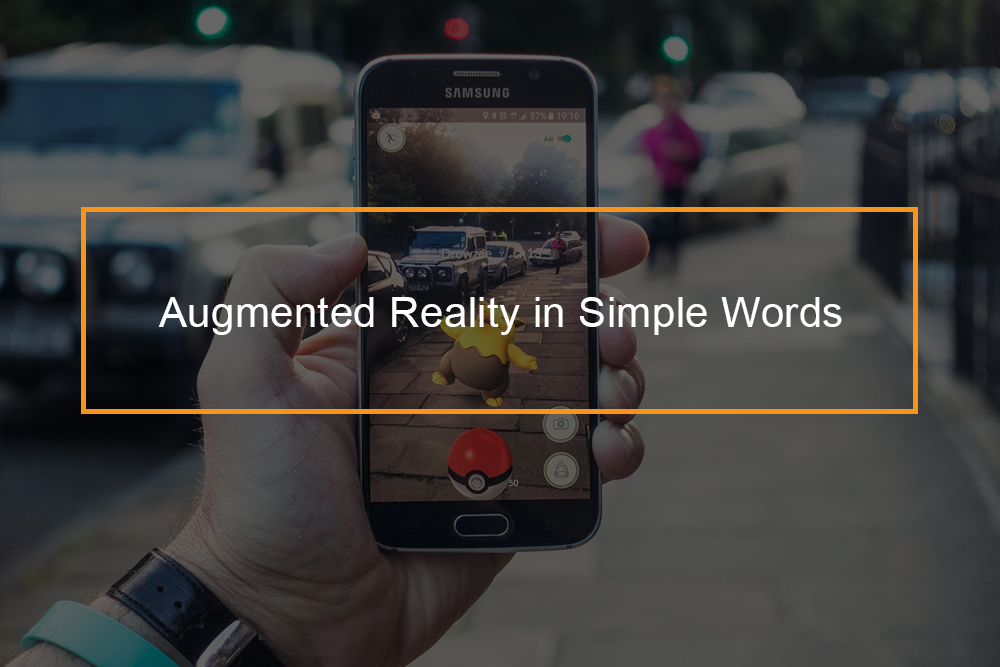
Augmented reality is the mixing of advanced intuitive components – like stunning visual overlays, buzzy haptic input, or other tangible projections – into our natural surroundings. Most of us can hardly tell the difference between an augmented reality and a virtual reality.
How Does Augmented Reality Work?
The Function of Augmented Reality
In most (AR) applications, a client will see both manufactured and normal light. It is complete by overlaying anticipated pictures over a couple of clear goggles or glasses, which permit the photos and intuitive virtual articles to layer over the client’s perspective of this present reality. Augmented Reality gadgets are regularly independent, implying that dissimilar to the Oculus Rift or HTC Vive VR headsets, they are untethered and needn’t bother with a link or workstation to work.
How Do Augmented Reality Devices Work?
You can see augmented images on a wide assortment of presentations, from monitors and screens to handheld gadgets or glasses. Google Glass and other head-up showcases (HUD) put expanded reality specifically onto your face, typically as glasses. Handheld gadgets use little shows that fit in clients hands, including cell phones and tablets. As reality innovations keep on progressing, expanded reality gadgets will slowly require less equipment and begin to link to things like contact focal points and virtual retinal showcases.
4 Critical Components to Augmented Reality Devices
Sensors and Cameras
HoloLens Augmented Reality Headset Sensors and Camera Sensors are for the most part outwardly of the expanded reality gadget, and assemble a client’s certifiable connections and impart them to be handled and translated. Cameras are likewise situated outwardly of the device, and outwardly output to gather information about the encompassing region. The tools take this data, which frequently figures out where encompassing physical items are available, and afterward plans a computerized model to decide suitable yield. On account of Microsoft Hololens, explicit cameras perform specific functions, for instance, deep sensing. Deep sensing cameras work together with two “condition understanding cameras” on each side of the gadget. Another essential kind of camera is a standard a few megapixel cameras (like the ones utilized in cell phones) to record pictures, recordings, and now and then data to help with growth.
Projection-based AR Turns Surfaces Into Screens
While “Projection-Based Augmented Reality” is a classification in-itself, we are explicitly alluding to a smaller than expected projector regularly found in a forward and outward-confronting position on wearable (AR) headsets. The projector can change any surface into an interactive platform. The data taken in by the cameras used to analyze the encompassing scene is handled and afterward anticipated onto a surface before the client; which could be a wrist, a wall, or considerably someone else. The utilization of projection in expanded reality gadgets implies that screen platform will, in the long run, turn into a lesser imperative segment. Afterward, you may not require an iPad to play a web-based session of chess since you will have the capacity to perform it on the tabletop before you.
Use The HoloLens Augmented Reality Headset For Processing
HoloLens Augmented Reality Headset Processing Unit Augmented reality gadgets are fundamentally smaller than expected supercomputers stuffed into minor wearable gadgets. These gadgets require noteworthy computer handling power and use a considerable lot of similar parts that our smartphones do. These segments include a CPU, a GPU, streak memory, RAM, Bluetooth/Wifi microchip, worldwide situating framework (GPS) microchip, and the sky’s the limit from there. Progressed enlarged reality gadgets, for example, the Microsoft Hololens use an accelerometer (to quantify the speed in which your head is moving), a spinner (to gauge the tilt and introduction of your head), and a magnetometer (to work as a compass and make sense of which course your head is indicating) accommodate genuinely vivid experience.
Optics Lenses Mirrors are Utilized in (AR)
HoloLens Augmented Reality Headset Optics Lenses Mirrors are utilized in (AR) gadgets to help with the manner in which you see the virtual image. Some augmented reality gadgets may have “a variety of numerous little-bended mirrors” (similarly as with the Magic Leap augmented reality gadget), and others may have a basic twofold sided mirror with one surface reflecting incoming light to a side-mounted camera and the other surface reflecting light from a side-mounted showcase to the client’s eye. In the Microsoft Hololens, the use of “mirrors” incorporates clear holographic focal points (aka waveguides) that utilization an optical projection framework to shaft 3D images at you. A purported light motor emanates the light towards two separate focal points (each for an individual eye), which has three layers of glass of three distinctive, essential hues (blue, green, red). The light hits those layers and afterward enters the eye at specific points, forces, and hues, creating a last comprehensive picture on the eye’s retina. Despite the technique, these reflection ways have a similar goal, which is to help with picture arrangement to the client’s eye.
How Is Augmented Reality Controlled?
Augmented reality gadgets are regularly controlled either by contact a cushion or voice directions. The touch pads are regularly someplace on the device that is effectively accessible. They function through detecting the weight changes that happen when a client taps or swipes an exact spot. Voice directions work fundamentally the same as the manner in which they do on our cell phones. A small amplifier on the gadget will get your voice, and afterward, a microchip will translate the directions. Voice directions, for example, those on the Google Glass augmented reality gadget, are pre-modified from a rundown of guidelines that you can utilize. On Google Glass, almost every one of them begins with “alright, Glass,” which cautions your glasses that order is soon to pursue. For instance, “alright, Glass, snap a photo” will send a direction to the microchip to snap a photograph of whatever you’re viewing.
What is the Difference Between VR and AR?
Augmented Reality Vs Virtual Reality
You need to know AR is not the same as virtual reality. Augmented reality (otherwise called AR), adds to the truth you would conventionally observe as opposed to replacing it. Virtual reality implies surroundings made by computers for you to communicate with, and stay immersed. Augmented (AR) and Virtual Reality (VR) are two of the most troublesome and famous advances these days. Both continue developing and indicating new applications and arrangements they can give. Despite both being notable around the world, the contrasts between them are not clear by any stretch of the imagination. These three contrasts between AR and VR may help:
Difference in AR vs VR Environment
The primary distinction between these two technologies is the submersion they give. Augmented Reality creates an entirely PC produced world, everything the client sees is a fake entertainment, so the client loses contact with the natural condition. Then again, Augmented Reality upgrades reality by adding advanced data to it, so the client is still in connection with the actual situation amid the AR encounter. It enables the client to communicate with the “enlarged” objects while being in contact with this present reality.
Comparison between Number of Gadgets Used in AR vs VR Reality
Drenching isn’t the main distinction between these two technologies, the devices they use to convey creative encounters are additionally unique between them. VR utilizes headsets that drowns the client’s vision and hearing into the virtual world. AR comes from a more extensive assortment of gadgets: AR headsets, workstations, tablets, cell phones… Don’t overlook that AR keeps the client in contact with this present reality that is the thing that has the most significant effect between the gadgets utilized.
Education-Tech Application of Both Augmented and Virtual Reality
The two technologies link to various enterprises, as we have just talked about here, however perhaps the business where they can become the most is instruction. They both offer the opportunity to upset conventional techniques, yet their applications as edtech arrangements are unique. VR can be utilized to drench understudies into verifiable universes, for instance, making it a decent answer for theoretical exercises. In any case, the primary component of AR is the capacity to interface with the “increased” world, that is the reason it can give understudies increasingly common sense exercises.
Augmented Reality Applications
10 Augmented Reality Applications
Augmented reality is innovation that consolidates virtual reality with this actual world as live video symbolism that is carefully improved with PC produced illustrations. AR can be experienced through earphones that individuals use and through screens on smartphones. We’ve gathered a list of 10 areas that AR has its applications.
Handheld Augmented Reality Equipment
The not insignificant rundown of AR programming advancement units for Android cell phones and Apple’s ARKit for its cell phones give designers the devices they have to add AR components to their applications. Need to see how a retailer’s virtual furniture looks in your room before you purchase? There’ll be an AR application for that. Need to wipe off your lounge area table and populate it with your most loved activity experience amusement districts and characters? You can. The quantity of AR applications for the iPhone and Android gadgets has extended drastically, and they aren’t constrained to recreations. Retailers are demonstrating enormous enthusiasm for AR likely outcomes.
Variety of AR Headsets
You may have known about Microsoft’s HoloLens at this point or Facebook’s Oculus VR headset. All excitedly anticipated these top of the line headsets, yet just a fortunate few could manage the cost of them. The Meta 2 head-mounted presentation headset is a third the cost of the HoloLens. Like most AR headsets, it works while fastened to a PC—yet soon untethered headsets are accessible. Budget headsets are available for use with cell phones and tablets. The future may see savvy glasses be extremely popular or shrewd contact focal point.
AR Application In Military and Medical Sectors
Early PC, cell phone and tablet applications for expanded reality concentrated on diversions, yet the employment of AR is a lot more extensive. The military uses expanded facts to help people as they make fixes in the field. Medical workforce use AR to get ready for medical procedures. The conceivable business and instructive applications are boundless.
Military Augmented Reality Uses
The Heads-Up Display (HUD) is the regular case of increased reality with regards to the military utilization of the innovation. A simple presentation is explicitly available in the military pilot’s view. Information usually shown to the pilot incorporates elevation, velocity and the skyline line including other necessary information. The expression “heads-up” name applies because the pilot doesn’t need to look down at the air ship’s instrumentation to get the information he needs. Ground troops utilize the Head-Mounted Display (HMD). Necessary information, for example, adversary areas can be exhibited to the warrior inside their viewable pathway. This innovation is used additionally for reenactments for preparing purposes.
Medical Augmented Reality Uses
Restorative understudies use AR innovation to rehearse medical procedure in a controlled domain. Perceptions help in disclosing complex therapeutic conditions to patients. Increased reality can decrease the danger of a task by giving the specialist enhanced physical observation. This innovation can be joined with MRI or X-beam frameworks and bring everything into a separate view for the specialist. Neurosurgery is at the cutting edge with regards to particular uses of augmented reality. The capacity to picture the mind in 3D over the patient’s actual life structures is groundbreaking for the specialist. Concern still exists encompassing the development of tissue amid medical procedure. It can influence the right situation required for augmented reality to work.
Augmented Reality Apps for GPS Frameworks
Route applications are potentially the most common spasm of augmented reality with our regular daily existences. Upgraded GPS frameworks utilize augmented reality to make it simpler to get from indicating A point B. Using the cell phone’s camera in a blend with the GPS, clients see the chosen course over the live perspective of what is before the vehicle.
AR Enables Live Touring on Gadgets While Looking Points to Visit
There are various applications for increased reality in the touring and the travel industry businesses. The capacity to enlarge a live perspective of presentations in a gallery with statistical data points is appropriate utilization of the innovation. Out, in reality, touring has been improved utilizing augmented reality. Using a cell phone furnished with a camera, sightseers can stroll through unique destinations and see statistical data points displayed as an overlay on their live screen. These applications use GPS and picture acknowledgment innovation to look into information from an online database. Notwithstanding data about an important site, applications exist that think back in history and show how the area looked 10, 50 or even a century prior.
AR Presents an Image That Assists in Fixing a Machinery
Utilizing a head-worn presentation, a mechanic influencing fixes to a motor to can see superimposed symbolism and data in his real observable pathway. The methodology may possible exhibited in a container in the corner, and a picture of the critical device can represent the correct movement the mechanic needs to perform. The increased reality framework can mark all the vital parts. Recreations can be utilized to prepare experts, which can fundamentally reduce preparing costs.
Augmented Reality in Android and iOS Devices
With ongoing advances in registering force and innovation, gaming applications in increased the truth are on the rise. Head-worn frameworks are moderate now and figuring power is more compact than any time in recent memory. Before you can state “Pokemon Go,” you can hop into an AR diversion that works with your cell phone, superimposing legendary animals over your ordinary scene. Famous Android and iOS AR applications incorporate Ingress, SpecTrek, Temple Treasure Hunt, Ghost Snap AR.
Using Layar Reality Browser App to Link Real and Augmented World
The Layar Reality Browser is an application for iPhone and Android intended to demonstrate your general surroundings by showing continuous computerized data related to this present reality. It utilizes the camera on your cell phone to expand your world. Using the GPS area include in your cell phone, the Layar application recovers information dependent on where you are and shows this information to you on your portable screen. Layar secures insights concerning favorite spots, structures and motion pictures. Road views demonstrate the names of the eateries and organizations superimposed over their retail facades.
Augmented Reality History
History and Advancements of Augmented Reality
Augmented reality is a cutting-edge innovation, yet a type of it has been around for a decent amount of time. For instance, the heads-up presentations in many warrior airships as far back as the 1990s would demonstrate data about the disposition, course, and speed of the plane and just a couple of years after the fact they could indicate which protests in the field of view were the targets.
History of Augmented Reality
In the previous decade, different labs and organizations have constructed gadgets that give us an augmented reality. In 2009, the MIT Media Lab Fluid Interfaces Group introduced Sixth Sense, a device that joined the utilization of a camera, little projector, cell phone, and mirror. The gadget swings from the client’s chest in a cord mold from the neck. Four sensor gadgets on the client’s fingers can be utilized to control the pictures anticipated by SixthSense.
Google Glass Turns AR Into a Wearable Interface
Google took off Google Glass in 2013, moving expanded reality to a progressively wearable interface; for this situation, glasses. It shows on the client’s focal point screen using a little projector and reacts to voice directions, overlaying pictures, recordings and sounds onto the screen. Google pulled Google Glass toward the finish of December 2015.
AR Apps That Gather Data From the Environment
Augmented reality gets into the vast majority of lives. Vito Technology Star Walk application, for example, enables a client to point the camera in their tablet or telephone at the sky and see the names of stars and planets superimposed on the picture. Another application called Layar utilizes the cell phone’s GPS and its camera to gather data about the client’s environment. It at that point shows data about nearby eateries, stores, and focal points.
Use Augmented Reality App to Create an Animated Character
Some applications for tablets and telephones work with different protests also. Disney Research built up an AR shading book, in which you are shading in character in a regular (however application perfect) book and dispatch the request on the gadget. The app gets to the camera and utilizes it to identify which character you are shading and uses programming to re-make the character in a 3D figure on the screen.
A standout amongst the most prominent ways AR has invaded regular day to day existence is through portable recreations. In 2016, the AR diversion “Pokémon Go” turned into a sensation around the world, with more than 100 million evaluated clients at its top, as per CNET. It wound up making more than $2 billion and tallying, as indicated by Forbes. The diversion enabled clients to see Pokémon characters skipping around in their town. The objective was to catch these pocket beasts, at that point use them to fight others, locally, in AR exercise centers.
Tour Hogwarts Using Augmented Reality
In 2018, “Harry Potter: Hogwarts Mystery” turned into the versatile AR gaming sensation. The diversion gives clients a chance to see the Hogwarts world around them while being able to cast spells, use elixirs and to gain from Hogwarts instructors. As of this composition, the amusement had around 10 million downloads in the Google Play store. Analysts are likewise creating multi-dimensional images, which can make VR a stride further since 3D photos can be seen and heard by a horde of individuals at the same time.
The Future of Augmented Reality
It doesn’t imply that telephones and tablets will be the main scene for AR. Research proceeds apace on incorporating AR usefulness in contact focal points, and other wearable gadgets. An ultimate objective of increasing the truth is to make an advantageous and standard submersion, so there’s a feeling that telephones and tablets will get supplanted. However, it isn’t clear what those substitutions will be. Indeed, even glasses may go up against another frame, as “savvy glasses” are created for visually impaired individuals.
Like any innovation, AR has a great deal of political and moral issues. Google Glass, for instance, raised security concerns. Some stressed that discussions might be secretly recorded or pictures snapped or believed that face acknowledgment programming might recognize them. AR glasses, contacts and that’s only the tip of the iceberg, similar to the Glass – X and Google Lens, however, are pushing forward underway and deals.

